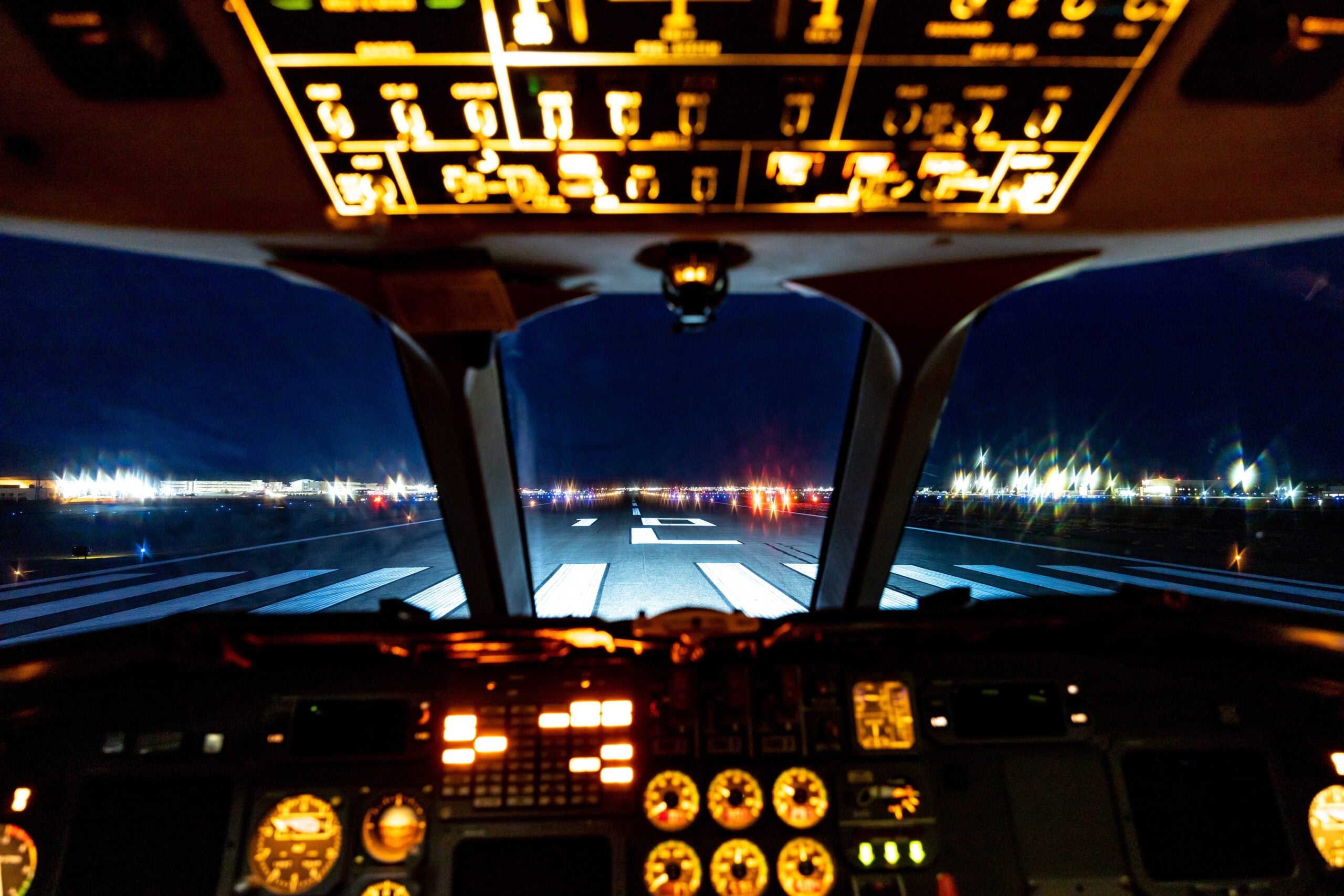The Led Advantage
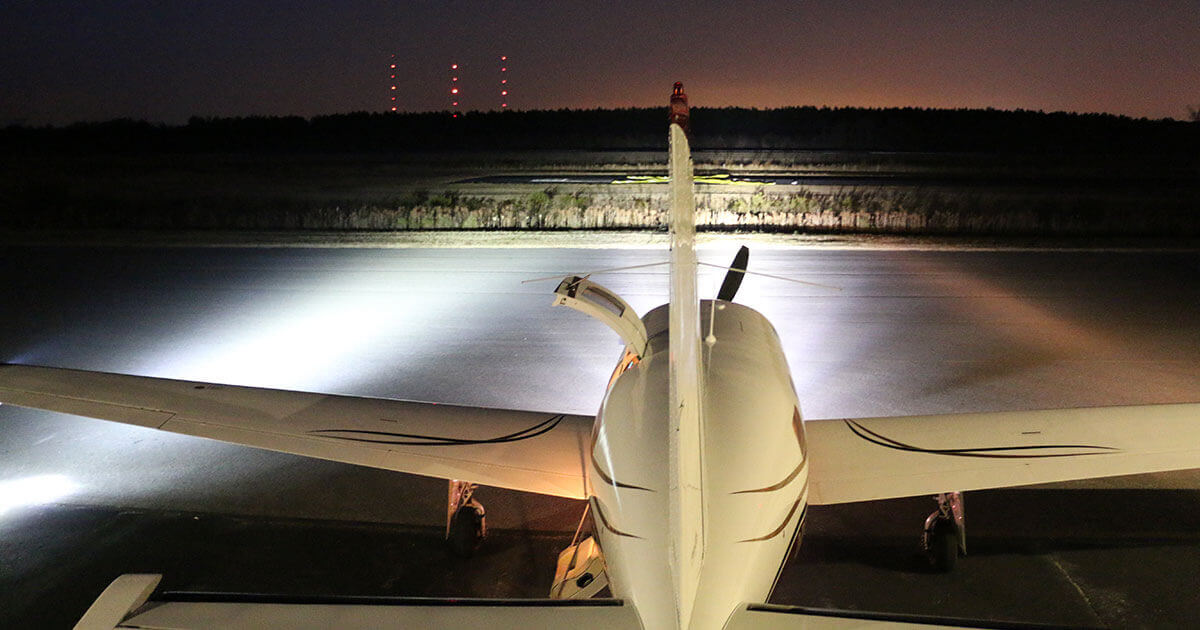
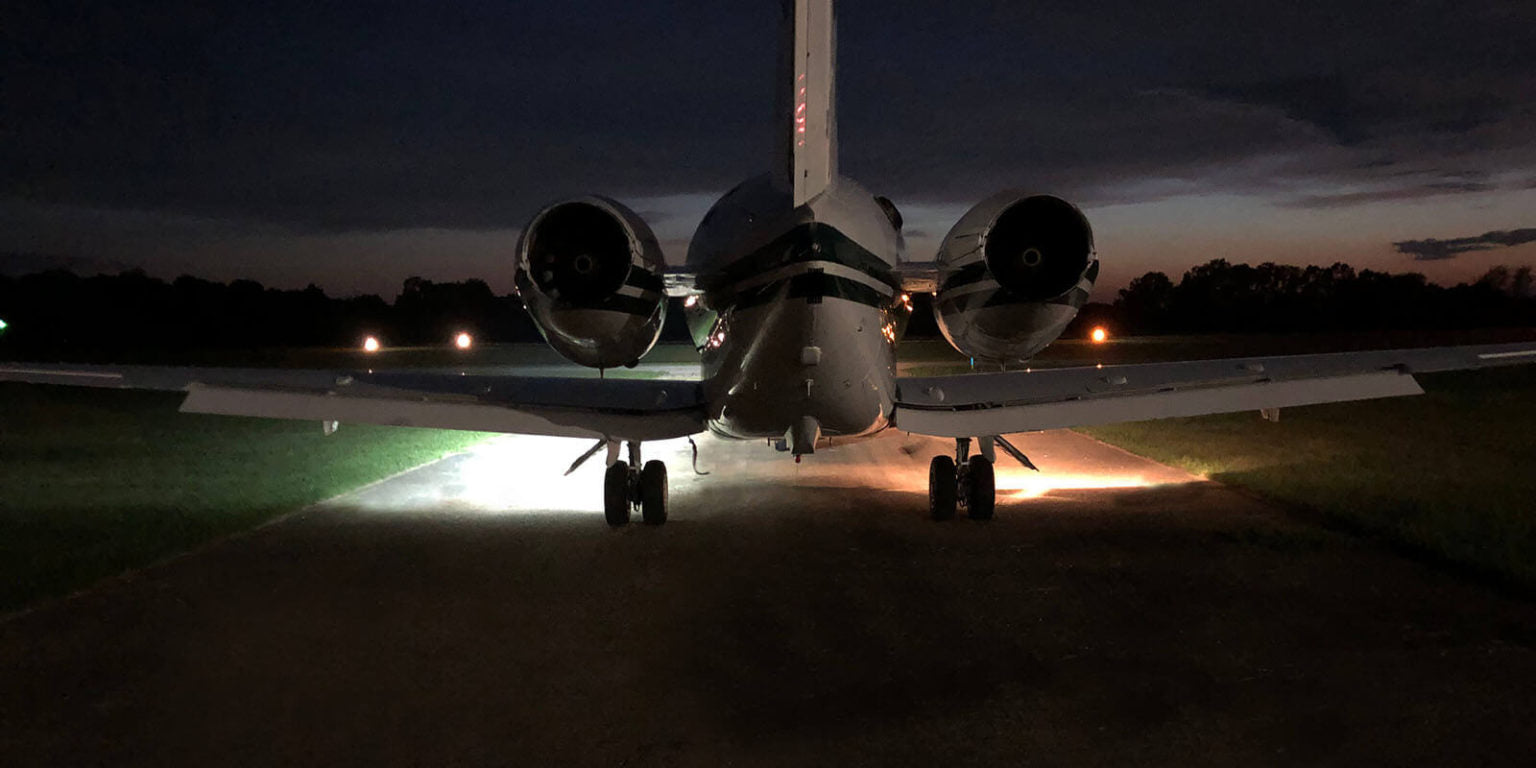
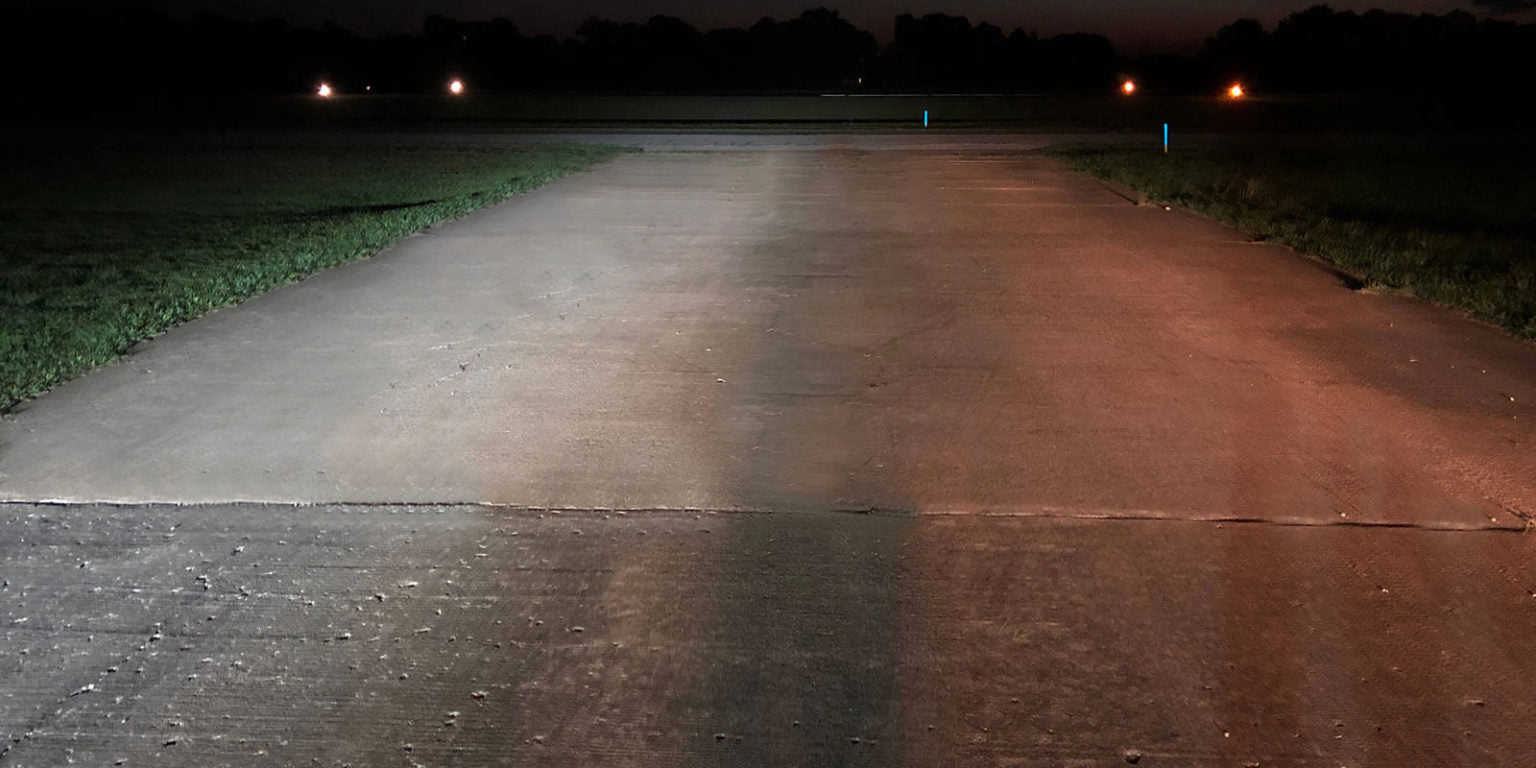
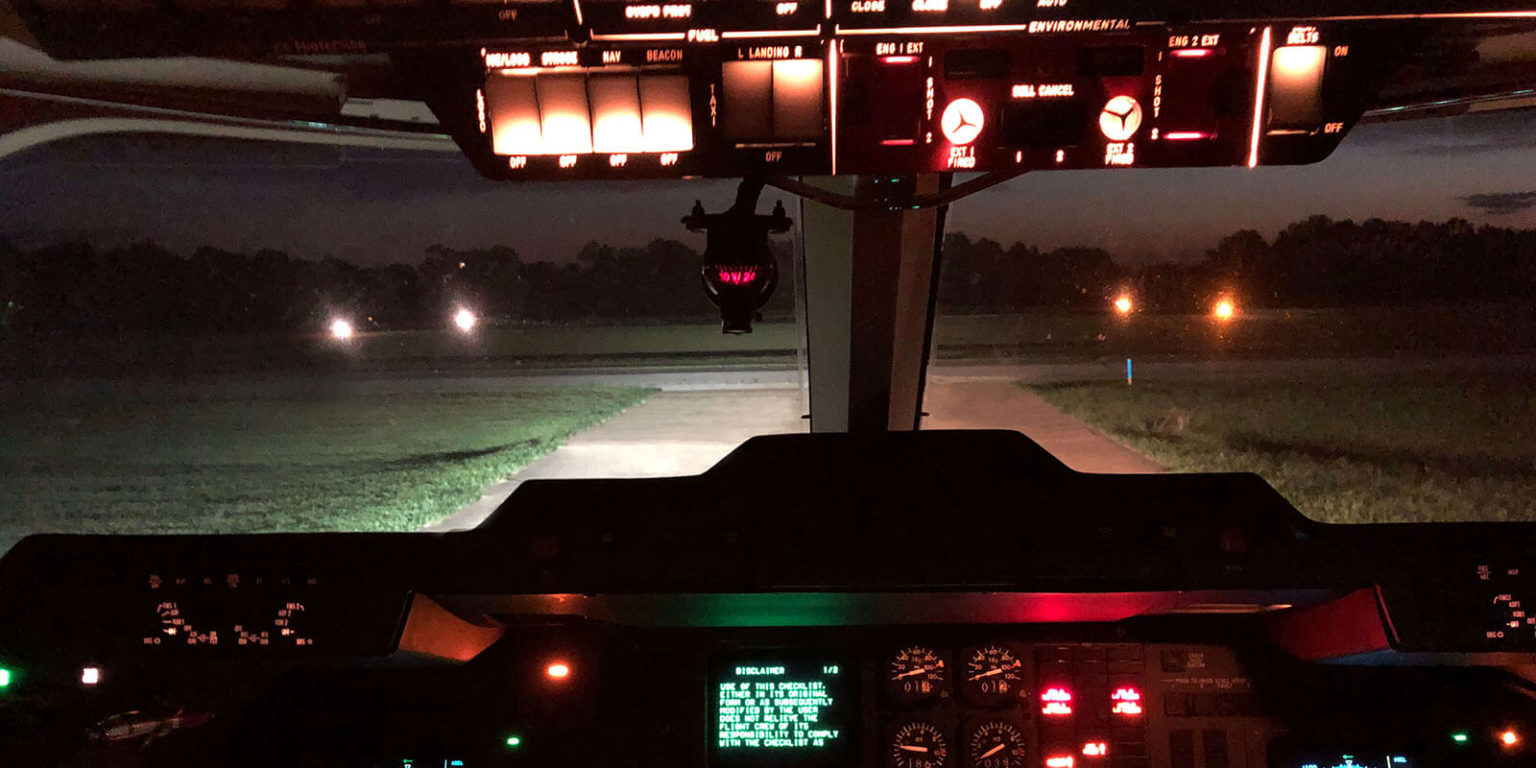
Aircraft LED Lighting technology offers numerous advantages over conventional Halogen and Xenon bulb based aircraft lighting technologies. LEDs directly convert power into light, are 10x more efficient than incandescent, draw far less current than conventional lighting and require no external hi-voltage power supply.
- Aircraft LEDs from AeroLEDs turn on instantly, dissipate minimal heat, and are unaffected by on/off cycles.
- AeroLEDs provide light even at low engine RPM, which is critical for landing configuration.
- LEDs are solid-state and are vibration and shock resistant.
- Proper electrical design allows AeroLEDs lighting products to easily last over 30,000 hours in continuous operation, eliminating the cost of frequent light replacements.
- AeroLEDs installations are “one-and-done.”
Long Life
High Efficiency
Shock and Vibration Resistant
Less Weight
Low Drag
Built-in Pulse Mode and Synchronization
Higher Color Temperature White
Lumens vs. Candela: Understanding the Difference
It’s a simple relationship. Lumens are the total amount of light output, and candela is the concentration of projected light within a given volume. Adding more lumens increases the total amount of light, but the candela remains constant. As the area of light distribution decreases, candela increases. High candela alone does not make a good landing light, just a good marketing number. A 0.5 milliwatt pocket laser pointer is around 2 million candelas compared to a bare 100W incandescent bulb, which is 300 candela. Both lumens and candela are equally important. A good landing light needs enough lumens for the pilot to have a peripheral vision of the runway and enough candela to see far down the runway. AeroLEDs lights provide an optimum balance between lumens and candela.
Nate Calvin, CEO, AeroLEDs


